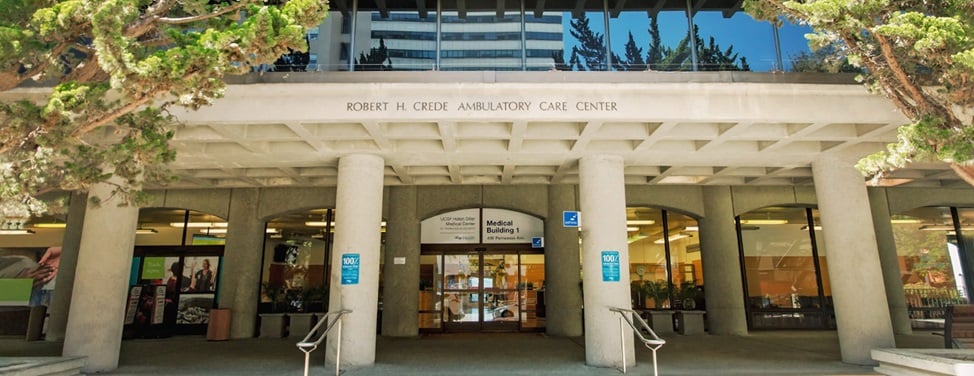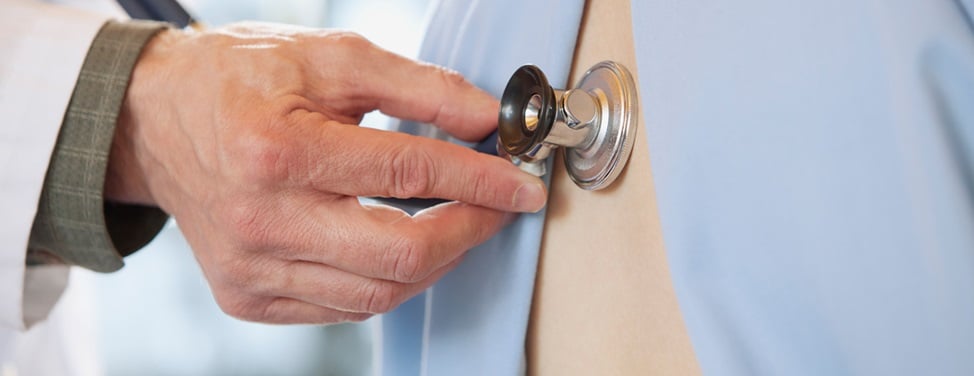
ILD Nutrition Manual: Prednisone and Weight Gain
Weight gain is a common side effect of prednisone. Prednisone can also cause a redistribution of fat to the face, back of the neck and the abdomen, although these changes vary from person to person. Generally speaking, the higher the dose and the longer the treatment, the greater the changes.
Weight gain while taking prednisone is typically due to fluid retention and increased calorie intake because of increased appetite. In addition, those with lung disease have more difficulty maintaining physical activity.
Fluid Retention
Fluid retention can be controlled by eating a diet low in sodium – no more than 2,000 mg a day – and higher in potassium. You can find a list of high-sodium foods to avoid in the General Guidelines for Healthy Eating.
You can increase your potassium intake by eating potassium-rich foods such as:
- Apricots
- Baked potatoes
- Bananas
- Cantaloupe, honeydew
- Dates
- Dried prunes
- Grapefruit
- Lima beans
- Milk
- Orange juice, grapefruit juice
- Oranges
- Raisins
- Spinach, cooked
- Stewed tomatoes
- Tomato juice
- Winter squash
- Yogurt
Increased Calorie Intake
Prednisone increases appetite, resulting in increased calorie intake. This increased appetite can be difficult to control. Below are a few tips for controlling the amount of calories and the quality of nutrients you eat:
Eat small, frequent meals of high nutritional value.
Eat a high-protein, low-carbohydrate diet. There is evidence that a low-carbohydrate, high-protein diet is at least as effective for losing weight as a traditional low-calorie diet that's low in fat and portion-controlled. A high-protein diet may also help suppress appetite.
Eat carbohydrates in the form of fresh fruits and vegetables. Prednisone has a tendency to raise the level of glucose, or sugar, in the blood, which can cause increased body fat or diabetes in some people. It is important to avoid "simple" carbohydrates and concentrated sweets, such as cakes, pies, cookies, jams, honey, chips, breads, candy and other highly processed foods. This helps keep blood sugar low.
Limit saturated fat and cholesterol. Choose lean meats, poultry and fish. Avoid fried foods and foods with extra oil, butter, margarine, mayonnaise and the like.
Eat foods rich in calcium. Prednisone may alter your body's ability to use calcium. Try to get four servings of calcium-rich foods per day to help prevent osteoporosis. Check with your doctor to see if you would benefit from calcium supplements.
Foods rich in calcium include:
- Calcium-fortified orange juice
- Cheese (American, Swiss, Colby, Cheddar and Jack)
- Cottage cheese
- Milk
- Non-fat dry milk powder
- Oranges
- Sardines (canned, with bones)
- Shrimp
- Yoghurt
Decreased Physical Activity
Having a lung disease makes physical activity more difficult. A daily exercise program such as walking, working out at a gym or at home or practicing tai chi will burn calories, help prevent muscle and bone loss and improve your sense of well-being.
Your exercise program should include aerobic exercises, which burn calories and improve cardiovascular fitness, and moderate weight training, which strengthens muscles and slows bone loss. Start with a simple walking program. If you're ever too fatigued to exercise, try harder tomorrow. Eat your main meal early in the day so you'll have more energy throughout the day and if you need it, be sure to wear your oxygen.
The key is to have a program of regular exercise. A pulmonary rehabilitation program is an excellent way to learn how to exercise despite shortness of breath and fatigue — plus you'll learn about lung disease and get lots of encouragement.
For more information on eating healthy with chronic lung disease, please see our General Guidelines.
ILD Nutrition Manual Index:
- ILD Nutrition Manual: General Guidelines for Eating Healthy
- ILD Nutrition Manual: Body Mass Index
- ILD Nutrition Manual: Increasing Protein in Your Diet
- ILD Nutrition Manual: Tips for Gaining Weight
- ILD Nutrition Manual: High-Calorie, High-Protein Sample Menu
- ILD Nutrition Manual: High-Calorie Shakes and Smoothies
- ILD Nutrition Manual: Tips for Losing Weight
- ILD Nutrition Manual: Plate Method for Healthy Meal Planning
- ILD Nutrition Manual: Prednisone and Weight Gain
UCSF Health medical specialists have reviewed this information. It is for educational purposes only and is not intended to replace the advice of your doctor or other health care provider. We encourage you to discuss any questions or concerns you may have with your provider.














